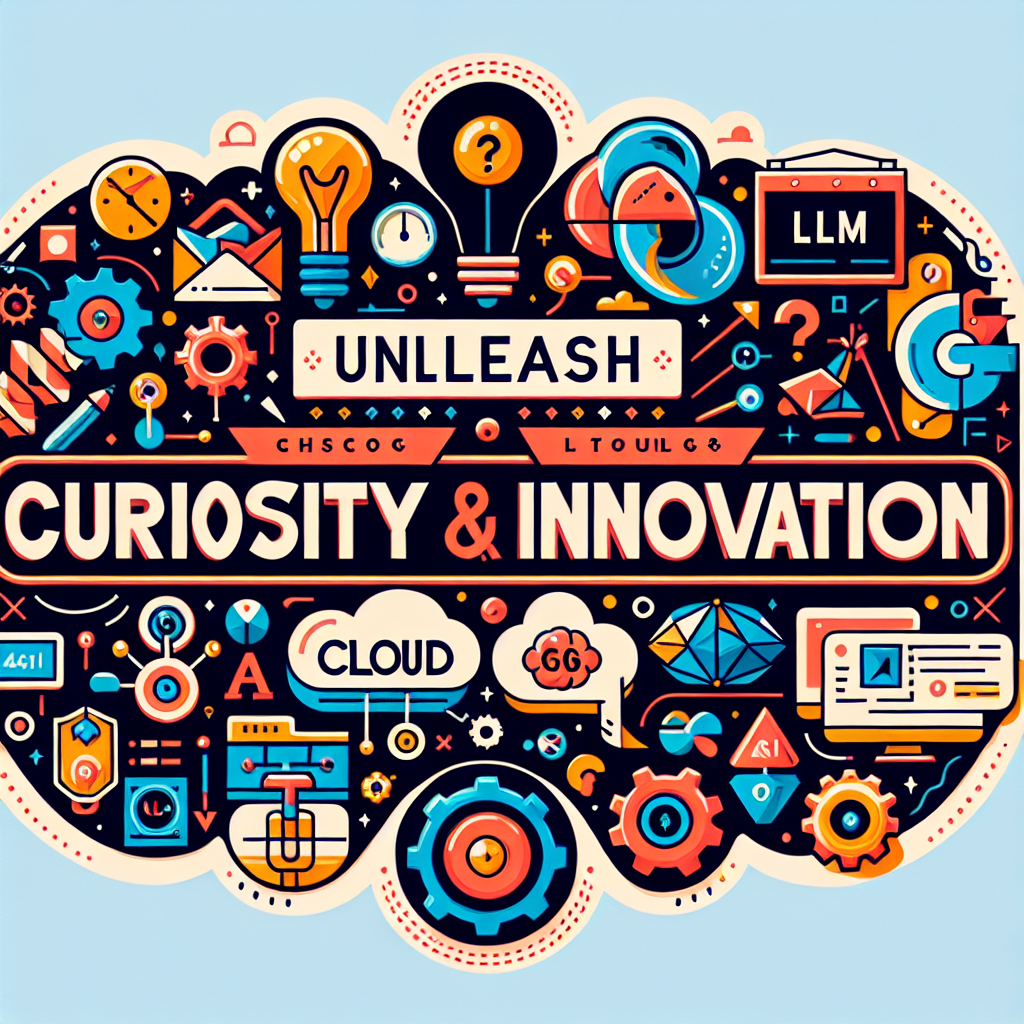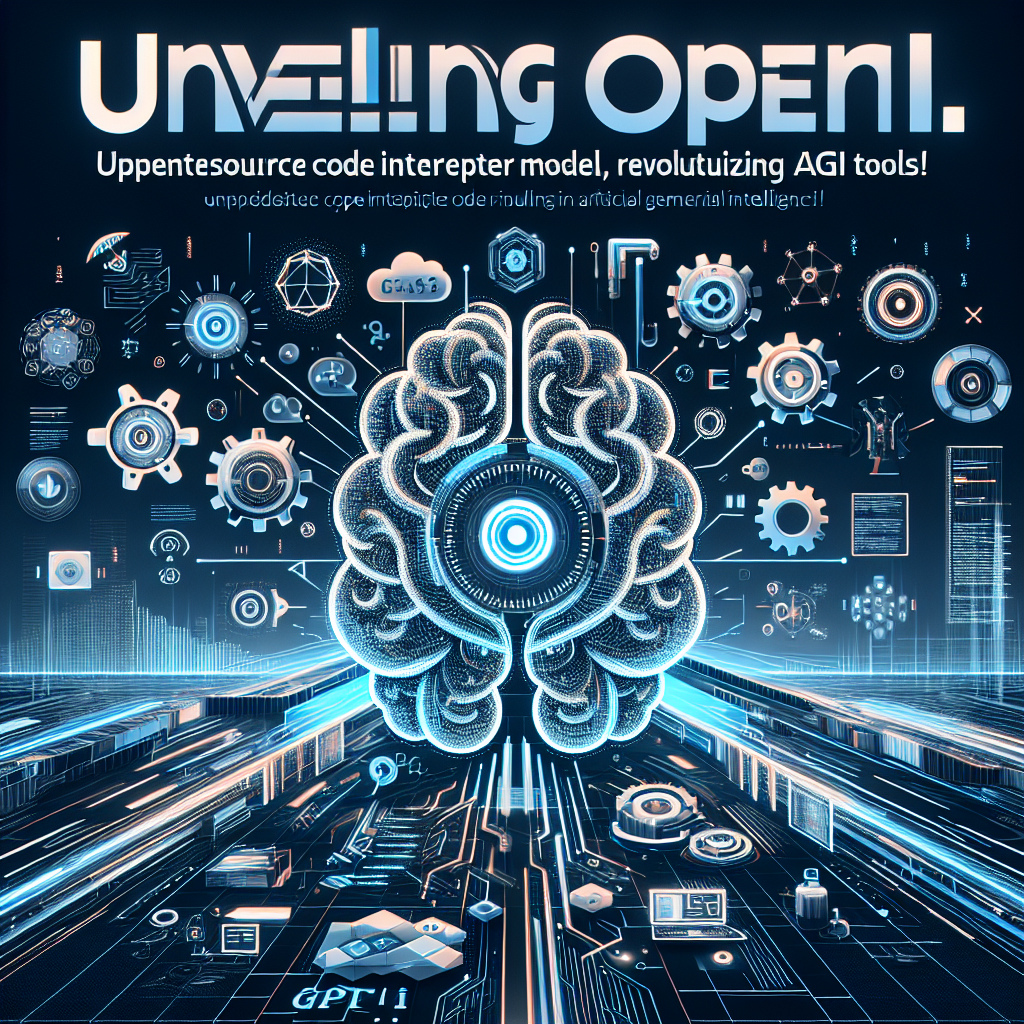AGI Tools: A Comprehensive Guide to Type
Just two weeks ago, we covered Type, a framework that allows you to build full-stack applications using Python and AI. These production-ready apps are built with the help of AI and various other libraries that Type provides. Type is an open-source Python library that allows you to build frontends and backends for your applications within minutes.
Why Choose Type?
There seems to be some confusion about which frameworks to use for building production-grade applications. While there are countless frameworks available, we believe that Type is the superior choice. In this article, we will compare Type to another popular framework, Streamlit, and explain why Type is the better option.
Introduction to Type
Type is an amazing Python library that is fully open-source and tailored for seamless end-to-end application development. With Type, you can create any type of AI agent or app, as it streamlines the process of turning data and AI algorithms into production-ready web applications. It offers a range of features, including what-if analysis, smart pipeline execution, built-in scheduling, and deployment tools.
One example of Type’s capabilities is its sentiment analysis application. This user-friendly interface allows you to efficiently gauge the emotional tones conveyed in text, also known as opinion mining. With the Line and Text pages, you can analyze both short text snippets and longer documents. This makes Type ideal for processing lengthy documents such as articles and customer feedback.
Type eliminates the need to learn new languages and allows you to focus solely on app creation using AI algorithms and Python libraries. It addresses the limitations of other frameworks and provides a streamlined solution for building prototypes, projects, and full-blown data applications.
Comparing Type to Streamlit
Streamlit is a popular framework for creating user-facing applications and interactive app proofs. While it is widely used, it falls short in certain scenarios. Type, on the other hand, offers enhanced control over graphical events and provides better performance and interactivity.
One of the limitations of Streamlit is the lack of control over graphical events, which leads to inefficient global refresh when a user interacts with the app. Type allows for precise specification of user interactions with graphical events, resulting in better performance and interactivity without the need to render the entire page again.
Type also addresses common Streamlit issues, such as creating charts on massive data sets, improving performance, enabling asynchronous calls to prevent interface freezing, and facilitating multi-user functionality. With the latest update, Type allows for simplified deployment with just a few clicks, making it easy to share applications with others at no cost.
Another advantage of Type is its ability to handle larger data sets efficiently. It optimizes rendering through the use of decimators for charts and smart pagination for tables, resulting in unparalleled response time. Even with data sets containing a million points, Type maintains swift and seamless performance, allowing users to interact with the data without any delay or lag.
While both Streamlit and Type are excellent tools, this article highlights why Type might be a better choice for certain use cases. We encourage you to explore both frameworks and decide which one suits your needs best.
Conclusion
Type is a powerful open-source Python library that empowers developers, data scientists, and engineers to create comprehensive data applications with complete graphical user interfaces. It offers enhanced control over graphical events, better performance, and seamless handling of large data sets. While Streamlit is a popular choice for interactive web applications, Type provides a more robust solution for certain scenarios.
Make sure to check out the links in the description below to learn more about Type and support its development. Additionally, consider joining our Patreon community to access free subscriptions to AI tools and frameworks, daily AI resources, consulting, networking opportunities, and collaboration with the community.
Thank you for reading this comprehensive guide to Type. We hope you found it helpful in understanding the capabilities and advantages of this amazing AGI tool.




